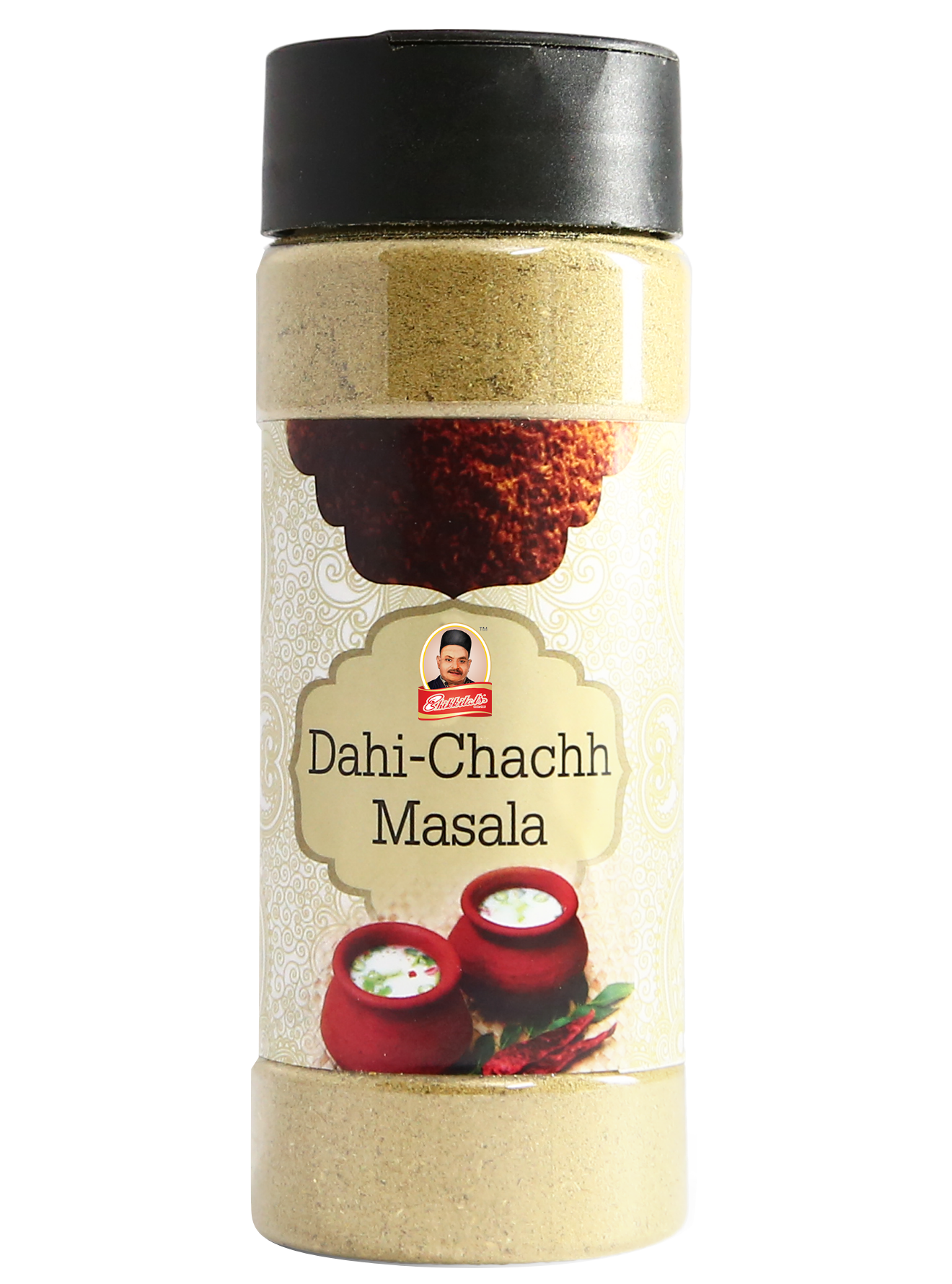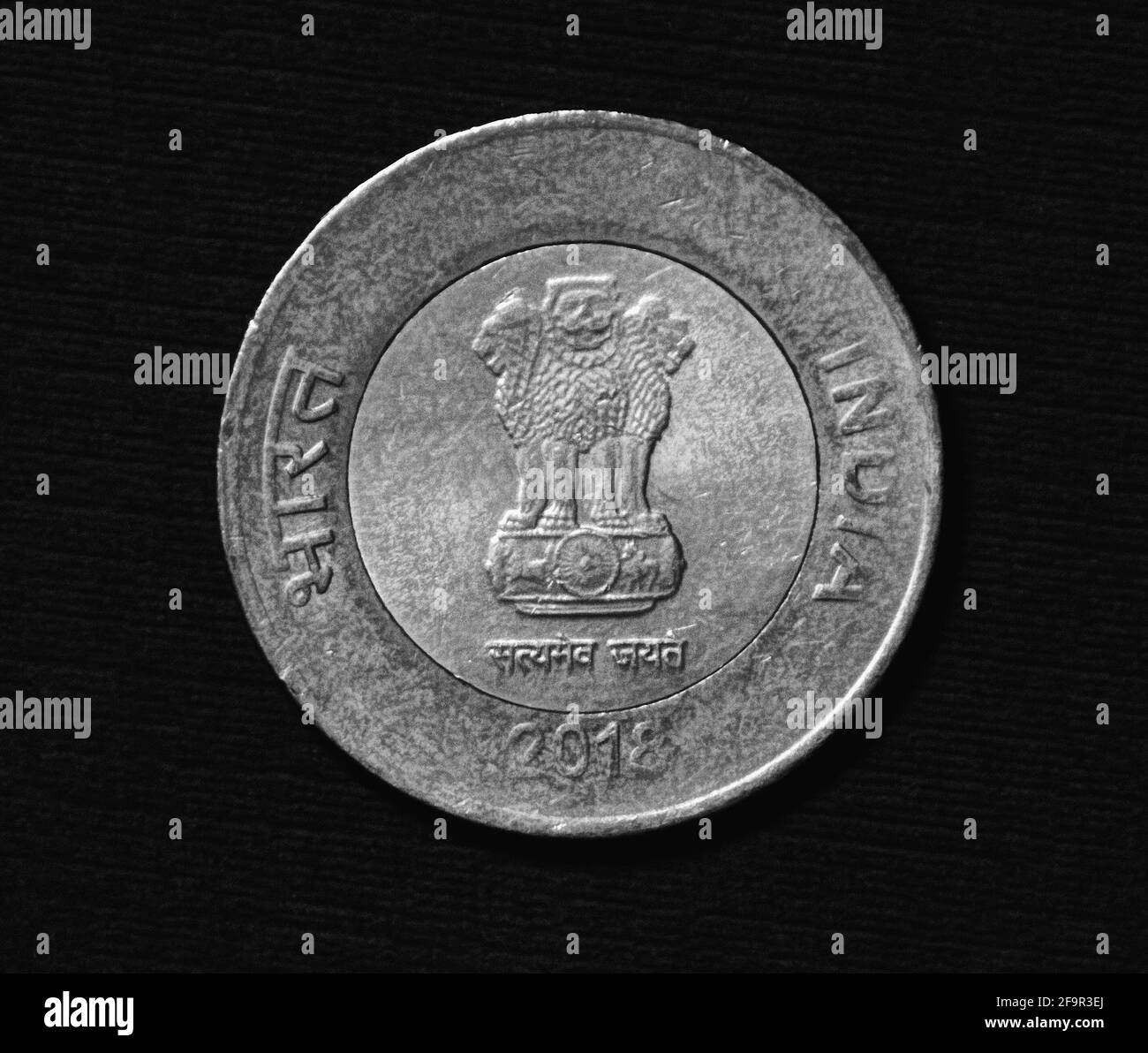10 Rupees Dahi Weight: A Deep Dive Into The Cultural And Economic Significance
Have you ever wondered why something as simple as "10 rupees dahi weight" has become a topic of fascination? Well, buckle up, because we’re diving deep into this intriguing subject that’s not just about money or yogurt but also reflects the cultural and economic fabric of India. This phrase might sound odd at first glance, but trust me, it carries more weight than you think—literally and figuratively!
When we talk about 10 rupees dahi weight, we're essentially discussing how people in India measure value, both in terms of currency and daily essentials. It's a concept rooted in tradition, yet it continues to evolve with modern times. Imagine walking into a local shop, grabbing some fresh dahi, and realizing its price is tied directly to the fluctuating economy. Cool, right? Let’s explore this further.
Before we jump into the nitty-gritty details, let’s set the stage. This isn’t just another blog post; it’s an exploration of how small economic practices like weighing dahi can reflect bigger societal trends. So, whether you're a curious traveler, a food enthusiast, or someone who loves understanding cultures through everyday transactions, this article’s got you covered. Now, let’s get started!
- Elo Fanclub The Ultimate Destination For True Fans
- Kountry Kitchen With Love Menu A Heartwarming Feast For Every Occasion
What Exactly is the 10 Rupees Dahi Weight?
Alright, let’s break it down. The term "10 rupees dahi weight" refers to the practice of purchasing dahi, or yogurt, based on its weight rather than volume. It’s a system that’s been around for ages, where customers buy exactly how much they need, often measured in grams or kilograms. In many parts of India, this method is still prevalent, especially in smaller towns and villages.
Now, why 10 rupees? Well, it’s a convenient benchmark. Think about it: a 10-rupee note is easy to carry, and for most households, it’s just enough to buy a decent amount of dahi for the day. Plus, it’s a round number, which makes transactions smoother. But here’s the kicker—it’s not always exactly 10 rupees. Prices vary depending on the quality of the dahi, the region, and even the season. So, while the phrase might seem straightforward, there’s a lot more going on beneath the surface.
Why is Dahi So Important in Indian Culture?
Dahi, or yogurt, isn’t just a food item in India—it’s a cultural icon. It’s a staple in almost every household, used in everything from breakfast dishes like dahi paratha to refreshing drinks like lassi. But its importance goes beyond taste. Dahi is believed to have numerous health benefits, from aiding digestion to boosting immunity. In fact, it’s so integral to Indian cuisine that many families make their own dahi at home.
- Punch Bowl Landing Your Ultimate Guide To The Perfect Splash
- Mark Sirard The Man Behind The Scenes In Health And Fitness
And here’s where the "10 rupees dahi weight" comes into play. For many people, buying dahi by weight is a practical solution. It ensures they get exactly what they need without wasting money or food. Plus, it’s a way to support local vendors, who often source their dahi from nearby farms. It’s a win-win situation all around.
Historical Context of Dahi Weighing
Let’s take a trip back in time. The practice of weighing dahi has been around for centuries. Back in the day, there were no fancy packaging or plastic containers. People relied on scales and weights to measure their purchases. This method was not only accurate but also environmentally friendly—a lesson we could all learn from today.
In the past, dahi was often sold in bulk, and customers would bring their own containers to fill up. This practice not only reduced waste but also built a sense of community. People would gather at the local market, exchange stories, and share tips on how to make the perfect dahi. It was more than just a transaction; it was a social event.
How Has Technology Changed the Game?
Fast forward to today, and you’ll see a mix of old and new. While many vendors still use traditional scales, others have embraced digital technology. Digital weighing machines are now common in urban areas, providing precise measurements and faster transactions. But here’s the thing: even with all the advancements, the concept of "10 rupees dahi weight" remains unchanged. It’s a testament to the resilience of tradition in the face of modernity.
The Economic Impact of Dahi Weighing
Now, let’s talk numbers. The dahi industry in India is worth billions of rupees. From small-scale vendors to large dairy companies, everyone has a stake in this market. And at the heart of it all is the humble practice of weighing dahi. But what does this mean for the economy?
For one, it creates jobs. Thousands of people are employed in the production, distribution, and sale of dahi. It also supports local farmers, who supply milk to dahi makers. And let’s not forget the small businesses that thrive on this system. For them, the "10 rupees dahi weight" isn’t just a transaction—it’s a lifeline.
Challenges Faced by the Industry
Of course, no system is perfect. The dahi industry faces its fair share of challenges, from fluctuating milk prices to competition from packaged yogurt brands. But the biggest challenge is perhaps the shift in consumer preferences. As more people move to urban areas, there’s a growing demand for convenience, which packaged yogurt brands are quick to provide.
However, traditional dahi vendors are not giving up without a fight. Many are adapting to the changing times by improving hygiene standards, offering home delivery services, and even experimenting with new flavors. It’s a battle for survival, but one that’s being fought with creativity and determination.
Cultural Significance of Dahi Weighing
Let’s not forget the cultural aspect. Dahi weighing isn’t just an economic practice; it’s a reflection of Indian values. It emphasizes the importance of frugality, sustainability, and community. By buying exactly what they need, people are practicing mindful consumption—a concept that’s gaining traction worldwide.
Moreover, it fosters a sense of trust between buyers and sellers. In a world where transactions are often impersonal, the "10 rupees dahi weight" system reminds us of the importance of human connection. It’s a reminder that even in the smallest transactions, there’s room for kindness and respect.
Regional Variations in Dahi Weighing
Interestingly, the practice of dahi weighing varies across different regions of India. In some places, it’s all about the weight, while in others, it’s more about the quantity. For example, in North India, people often buy dahi by the kilogram, while in South India, it’s more common to buy it by the cup or bowl.
These variations are a testament to the diversity of Indian culture. They show how the same practice can take on different forms depending on local customs and traditions. It’s a fascinating example of how culture shapes even the most mundane aspects of life.
Sustainability and the Future of Dahi Weighing
As the world grapples with issues like climate change and plastic pollution, the "10 rupees dahi weight" system offers a beacon of hope. It’s a model of sustainability that we can all learn from. By encouraging people to buy only what they need and reducing waste, it promotes a more responsible approach to consumption.
But the future is not without its challenges. As more people adopt modern lifestyles, there’s a risk that traditional practices like dahi weighing could become obsolete. That’s why it’s crucial to find ways to preserve these practices while embracing the benefits of technology.
Innovations in Dahi Weighing
Thankfully, there are already some exciting innovations in this space. From eco-friendly packaging to mobile apps that connect buyers and sellers, the dahi industry is finding new ways to stay relevant. These innovations not only address the challenges of the modern world but also enhance the customer experience.
Conclusion: Why You Should Care About 10 Rupees Dahi Weight
So, there you have it—a deep dive into the world of "10 rupees dahi weight." It’s more than just a phrase; it’s a window into the cultural and economic landscape of India. Whether you’re a foodie, an economist, or just someone who appreciates the beauty of tradition, there’s something here for everyone.
But here’s the thing: this isn’t just about India. The principles of mindful consumption, sustainability, and community building are universal. So, the next time you grab a tub of yogurt, take a moment to think about the journey it took to get there. And if you ever find yourself in India, make sure to try some freshly weighed dahi—it’s an experience you won’t forget!
Now, it’s your turn. Share your thoughts in the comments below. Have you ever tried buying dahi by weight? What do you think about this practice? And don’t forget to check out our other articles for more insights into the fascinating world of food and culture. Until next time, keep exploring!
Table of Contents
- What Exactly is the 10 Rupees Dahi Weight?
- Why is Dahi So Important in Indian Culture?
- Historical Context of Dahi Weighing
- The Economic Impact of Dahi Weighing
- Cultural Significance of Dahi Weighing
- Sustainability and the Future of Dahi Weighing
References:
- India Times - Dahi Industry Trends
- Food Safety and Standards Authority of India - Guidelines for Dairy Products
- World Bank Report on Sustainable Agriculture
- Fast Cashouts Logicalshout The Ultimate Guide To Unlocking Your Financial Freedom
- Unveiling The Charm Of The Chennai Store

Dahi Chachh Masala Bhikkilal's

10 rupees hires stock photography and images Alamy

Download Ai Generated, Rupees, Indian Currency. RoyaltyFree Stock